The Thanksgiving cactus is named for its typical blooming period, which coincides with the Thanksgiving holiday in the United States. Generally, Thanksgiving cactus bloom in late November every year, so it becomes a popular choice for seasonal decoration during this time. Just like the Christmas Cactus bloom, not only does the name reflect the timing of its blooms but also it reflects the association with the holiday season, similar to its close relatives - the Christmas cactus, which flowers later in December.
Table of Contents
What Triggers a Thanksgiving Cactus to Bloom?
The changes in light and temperature can make thanksgiving cactus bloom. Specifically, a decrease in daylight hours and cooler temperatures in the fall signal the plant to enter its flowering phase. To encourage blooming, it’s beneficial to provide a period of cooler temperatures (around 50°F to 60°F or 10°C to 15°C) for several weeks leading up to the holiday season. To better adjust the temperature of your Thanksgiving cactus, you can place your plant in a grow tent.
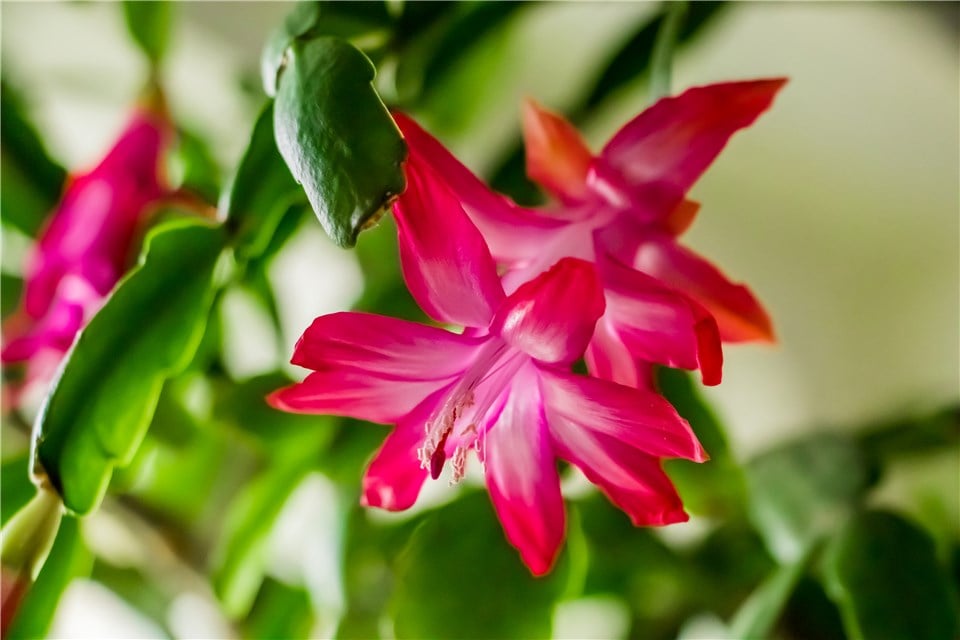
Thanksgiving Cactus Bloom
Additionally, ensure that the plant receives bright indirect light during this time. If you fail to receive proper sunlight at home, it is worth trying an LED grow light. Besides, proper watering practices will allow the soil to dry out slightly between waterings, which can also contribute to successful blooming. By creating these conditions, you can enhance the chances of your Thanksgiving cactus producing its vibrant flowers in time for the holidays.
Thanksgiving Cactus Care
When caring for a Thanksgiving cactus, pay attention to the following key factors:
Thanksgiving Cactus Light
Thanksgiving cactus can well thrive in bright indirect light. On one hand, it prefers exposure to light without the harshness of direct sunlight, which can scorch its leaves; on the other hand, although it is a low-light plant and can tolerate low-light conditions, it may not thrive or bloom. Especially, during the blooming period, maintaining consistent light levels will help encourage vibrant flowers. If natural light is limited, you can also use fluorescent or LED grow lights to supplement.

Thanksgiving Cactus Light
Thanksgiving Cactus Watering
Water your Thanksgiving cactus when you find the top inch of the soil feels dry. Typically, you can water it every 2 to 3 weeks during the growing season - spring and summer. In the fall and winter, when the plant is dormant, reduce watering to about once a month. In other words, allow the soil to dry out more between waterings. Always ensure the pot has good drainage to prevent root rot, as this plant prefers to be on the drier side rather than overly moist.
Thanksgiving Cactus Temperature
The proper temperature for a Thanksgiving cactus is between 60°F and 70°F - 15°C to 21°C. This range supports healthy growth and blooming. It’s important to avoid exposing the plant to extreme temperatures, such as cold drafts or excessive heat from radiators or direct sunlight, as these can stress the plant and lead to issues like leaf drop or poor flowering. Maintaining a stable environment within this temperature range will help your Thanksgiving cactus in good condition.
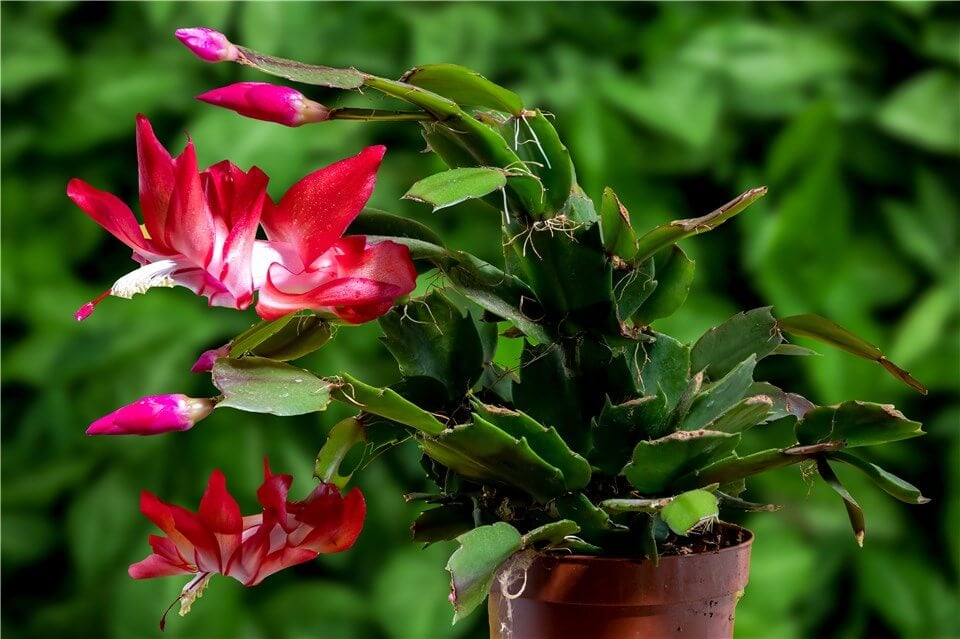
Thanksgiving Cactus Temperature
Thanksgiving Cactus Humidity
The ideal humidity level for a Thanksgiving cactus is between 40% and 60%. If your home is particularly dry, especially during winter months, consider increasing humidity by misting the plant occasionally, placing it on a humidity tray with water and pebbles, or investing in a humidifier.
Thanksgiving Cactus Fertilizer
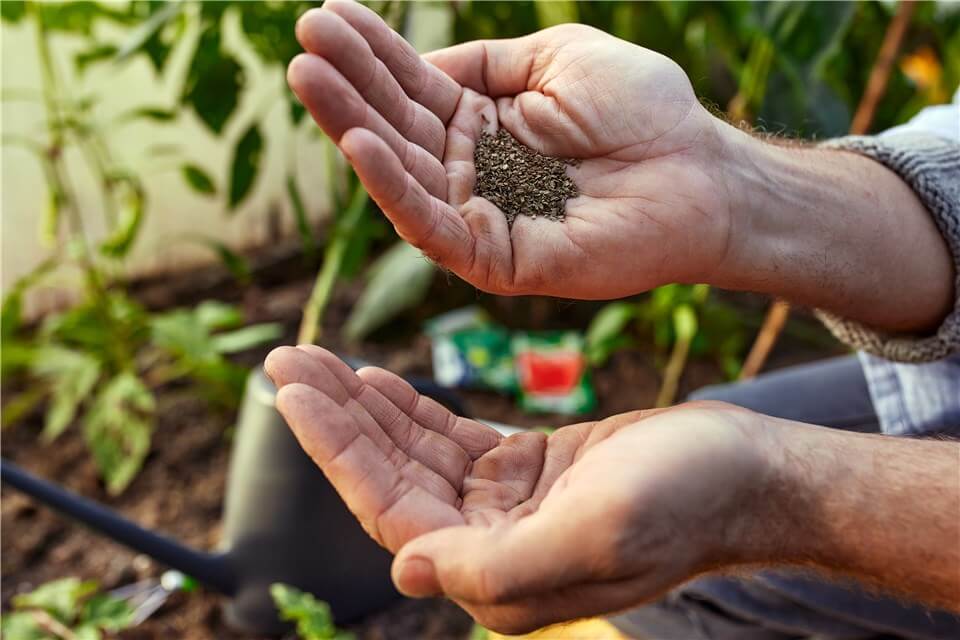
Thanksgiving Cactus Fertilizer
For a Thanksgiving cactus, the proper fertilizer is to focus on a balanced, water-soluble formula with an N-P-K ratio of around 10-10-10 or 20-20-20. Fertilize during the growing season - typically from spring to early fall. Fertilize every 4 to 6 weeks to support healthy growth and vibrant blooms. It’s best to dilute the fertilizer to half the recommended strength to avoid over-fertilizing, which can harm the plant. During the dormant period in late fall and winter, reduce or stop fertilization altogether, allowing the plant to rest and prepare for its blooming phase. Proper fertilization will help ensure your Thanksgiving cactus thrives and produces beautiful flowers.
Thanksgiving Cactus Repotting
You should consider repotting a Thanksgiving cactus every 2 to 3 years or when you notice signs that it has outgrown its pot. Some signs indicate you should repot your plant: roots grow out of the drainage holes, stunted growth, or if the soil has become compacted and retains too much moisture. The best time to repot is in the spring, just before the active growing season begins. When repotting a plant, choose a pot that is only slightly larger than the current one and use a well-draining cactus or succulent potting mix to ensure proper drainage and healthy root development.
Thanksgiving Cactus Propagation
To expand your collection of this beautiful plant and provide more vibrant blooms during the Thanksgiving holiday season, you can propagate Thanksgiving cactus. This can be a cost-effective way to obtain new plants without purchasing them. Gernerally, you can grow a Thanksgiving cactus from a cutting. This method of propagating Thanksgiving cactus is straightforward and effective. If you attempt to propagate Thanksgiving cactus, take the following steps:
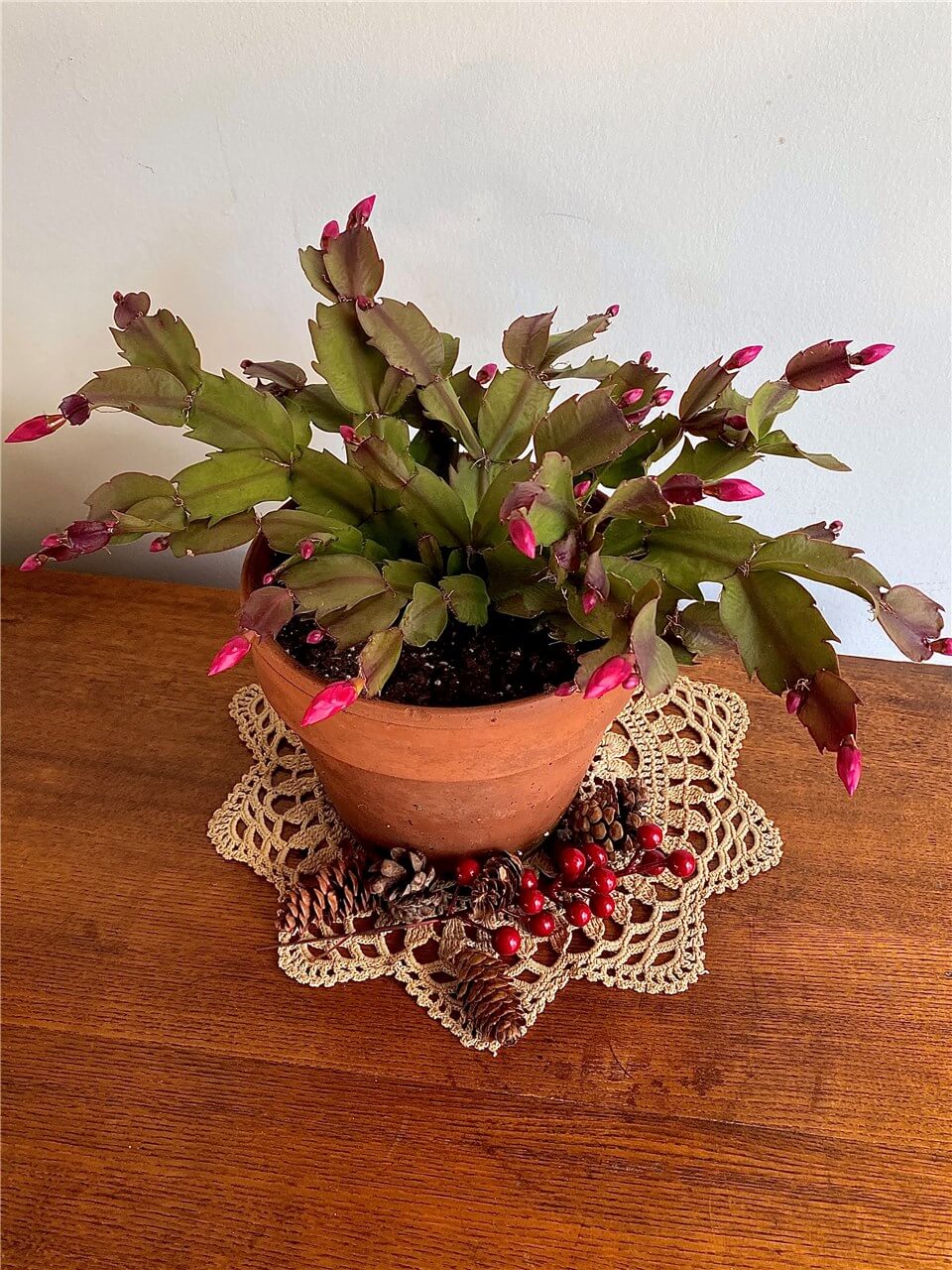
How to Propagate Thanksgiving Cactus
- Select a healthy stem segment with at least two to three joints, cut it cleanly, and allow the cut end to be callous for a day or two.
- Plant the cutting in a well-draining potting mix and bury it about an inch deep.
- Place the pot in a bright location with indirect light and water sparingly. Allow the soil to dry out between waterings.
After a few weeks, gently tug on the cutting to check for resistance. If you can feel the resistance, it indicates that the roots have developed. Once established, care for Thanksgiving Cactus by taking the steps mentioned above.
FAQs About Thanksgiving Cactus Grow and Care
In this part, we address frequently asked questions about growing and caring for the Thanksgiving cactus. Keep reading and learn more about the propagation of and care for Thanksgiving cactus.
Are Thanksgiving cactus toxic to cats?
Thanksgiving cactus are not toxic to cats. While they are safe to have around pets, it’s still a good idea to monitor your cats’ behaviour, as ingesting any plant material can sometimes lead to mild gastrointestinal upset.
Why is my thanksgiving cactus dropping leaves?
If your Thanksgiving cactus is dropping leaves, it may be experiencing stress from several factors. One common reason is your improper watering - both overwatering and underwatering can lead to leaf drop. Ensure the soil is well-draining and only water when the top inch feels dry. Additionally, exposure to extreme temperatures, such as cold drafts or excessive heat, can cause the plant to lose leaves. Insufficient light can also contribute to this issue; Thanksgiving cacti prefer bright, indirect light. Lastly, if the plant is root-bound or has outgrown its pot, it may need repotting to provide more space for growth. Assessing these conditions can help you determine the cause and find a solution to prevent further leaf drop.
Why is my thanksgiving cactus turning purple?
If your Thanksgiving cactus is turning purple, it may be a sign of stress, which is often related to environmental factors. One common cause is exposure to extreme temperatures; these cacti prefer a stable environment and can react negatively to cold drafts or excessive heat. Additionally, inadequate light can contribute to color changes, as the plant may struggle to photosynthesize properly. Overwatering or underwatering can also lead to stress, affecting the plant's overall health and causing discoloration. To address this issue, assess the plant's growing conditions, ensuring it receives adequate light, is kept in a suitable temperature range, and is watered appropriately. If the stressors are remedied, the cactus may return to its natural green color over time.
How to tell the differences between Christmas and Thanksgiving cactus?
This table highlights the key differences between Christmas and Thanksgiving cactus.
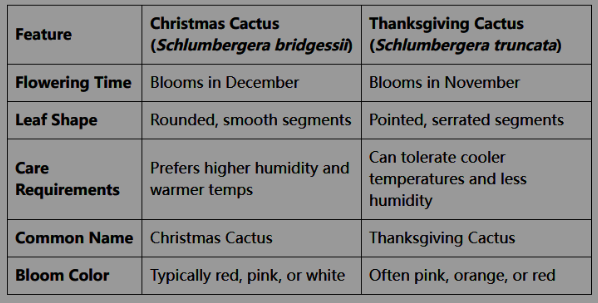
Differences between Christmas and Thanksgiving Cactus




















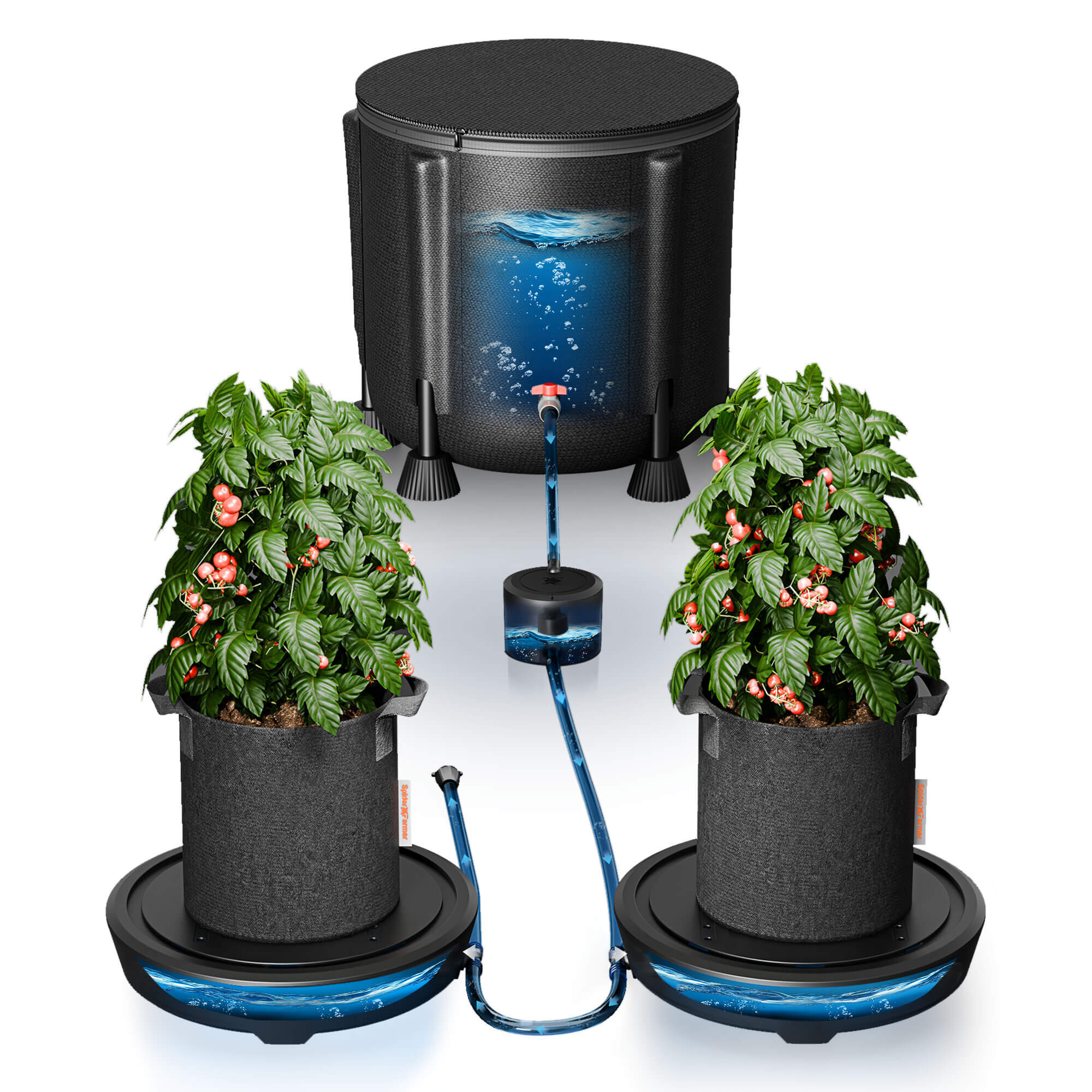

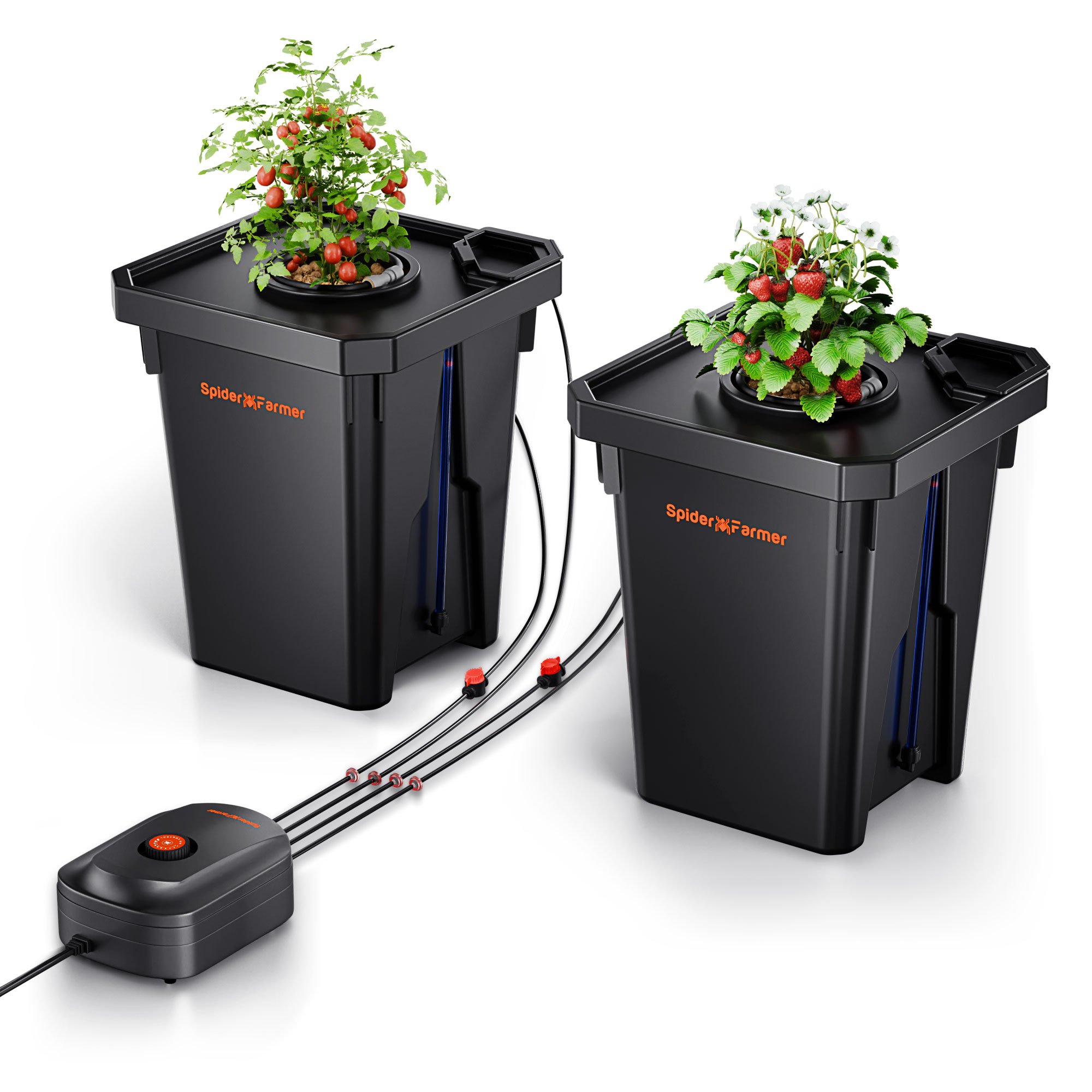


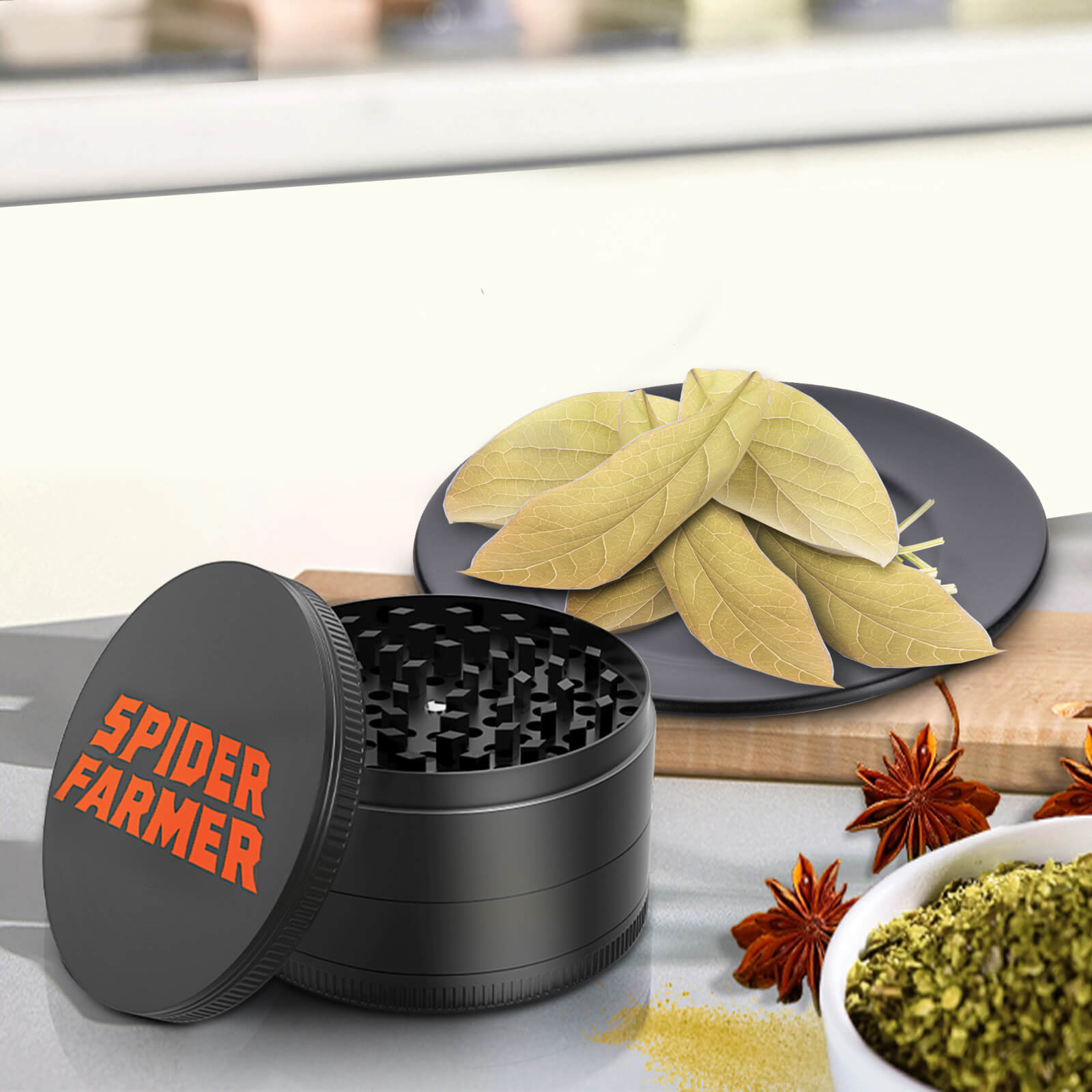


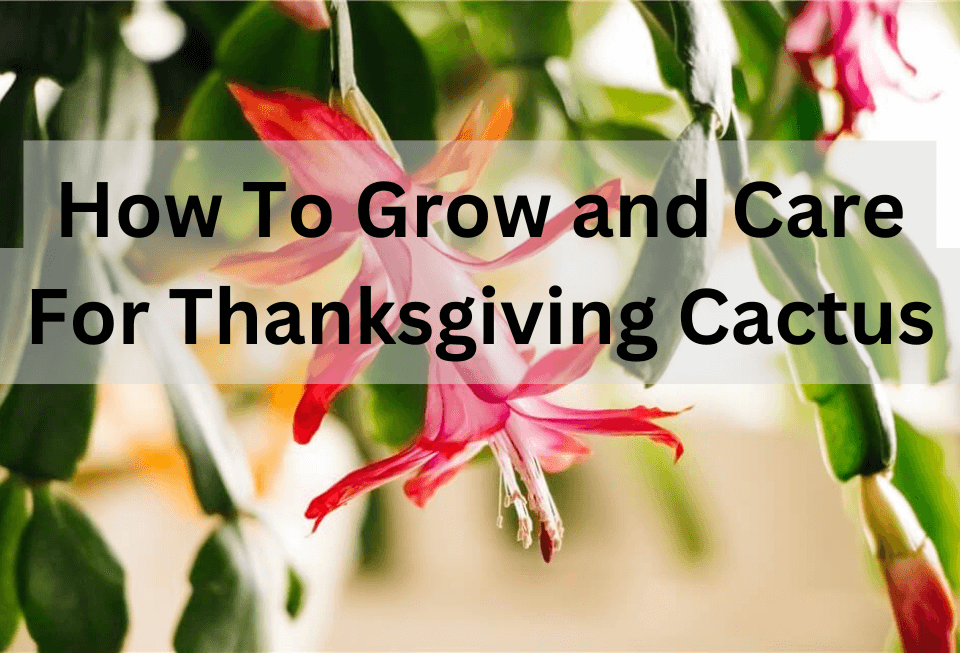

I have a question. I inherited a large and aged Thanksgiving Cactus from my father who died 20 years ago. He had it for several years. I transplanted it about 7 years ago into a much larger pot because the plant so was large. I used the recommended soil mixture and put stones in the bottom of the pot. When I transplanted it, the roots were shallow, it was hard to hold it all together to move it to the new planter. Not much like a root ball. It may have even been separated into 2 plants. The diameter of the pot now is 17 “ wide and the “soil & stones” bed portion is about a foot high (pot even higher). It hasn’t bloomed much the last few years. Last year there were about 4 flowers nearest to the window. No blooms this year.
I just want the plant to be healthy. Have researched it’s care and have found f conflicting advice.
My dad used to rotate it. He had it on a tall stand inside a double glass door facing the south patio. It’s rather heavy now without ample space to do that. The cactus “branches” grew and hung over two feet long. It was impossible to transport it from Indiana to NY state without a some of those breaking. Then my young son accidentally knocked the stand over and more broke. They didn’t grow back as long as they were.
My dad took excellent care of it but didn’t leave me instructions.
I treasure this plant but feel insecure about how to care for it. Pot too large? Adequate sun? It’s window faces our open roofed front porch. I used LED lights which seemed to sprout some new shoots. I think the light is past expiration plus it’s winter now. Want to get another in the spring and want to make sure it’s the right kind for as large as the plant is. It’s probably time to repot but afraid of breaking up the plant.
Is it possible for me to speak to or email with an expert to get more advice?
Thank you.